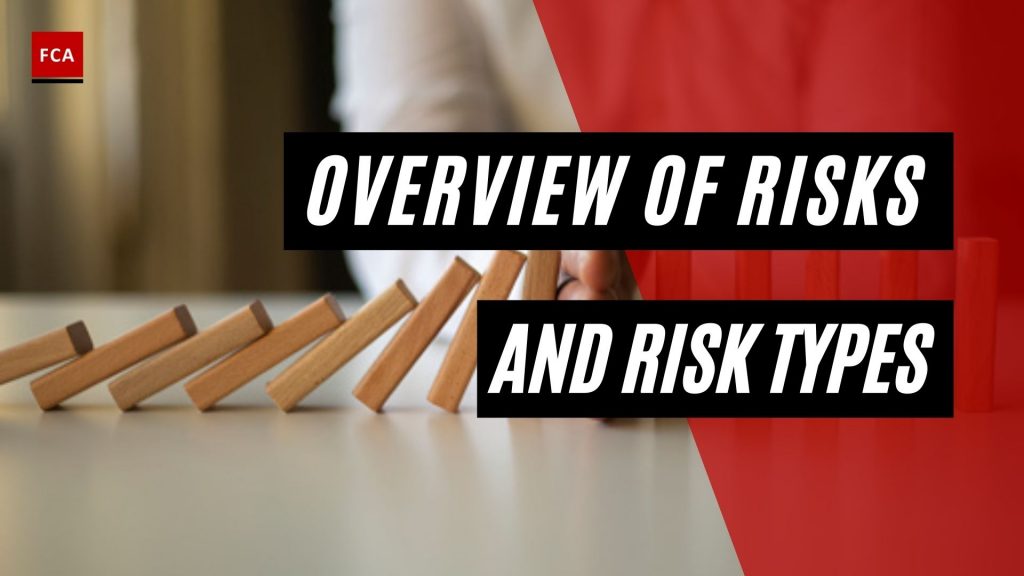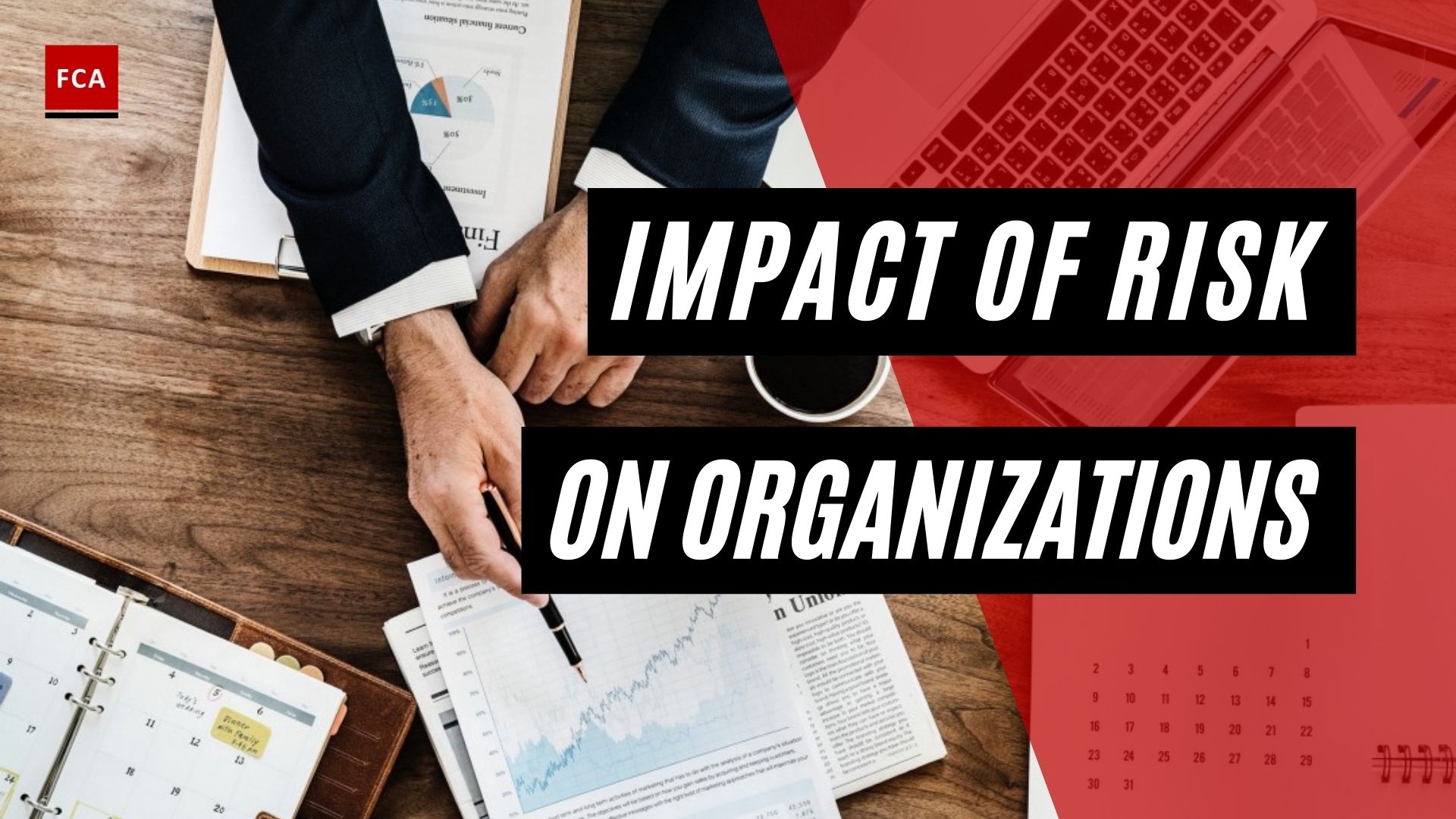The overview of risks and risk types. Risks are usually defined by the adverse impact on the profitability of several distinct sources of uncertainty. Managing risk is necessary for organizations as it could affect their future operations. Therefore, risks must not be viewed and assessed in isolation because a single transaction might have several risks and because one type of risk can trigger other risks.
The Overview Of Risks And Risk Types
One of the most important aspects of risk management philosophy is to make sure that those who take or accept risk on behalf of the institution are not the ones who measure, monitor, and evaluate the risks.
Because the interrelation of multiple risks can lead to risk reduction or increase, the risk management process should recognize and reflect risk interactions in all business activities as appropriate. While the types and degree of risks to which an organization may be exposed vary depending on several characteristics such as its size, complexity of business activities, and volume, among others. Many organizations generally appear to suffer credit, liquidity, operational, compliance, legal, and reputation risks.
The timescale of the risks may vary depending on the type and nature of the processes to which the risks relate. Short, medium and long-term risks are identified and classified as per the timescales. For example, strategic risks are long-term, whereas some related operations risks may be short-term.

Types Of Risks
There are various types of risks to which the organization may be exposed. Such risks may be broadly classified as:
Financial Risks
It relate to situations that could result in financial consequences for the organization such as payment of penalties, loss of revenue, liquidity, or financing problems.
Operational Risks
Concern the failure of the people, processes, or systems of the organization leading to disruption of operations. Due to operational risks, the organization may not be able to produce the required products or provide services to the customers, to meet their demand.
Compliance Risk
which is the risk of non-compliance with applicable laws, regulations, standards, policies, and processes. Every organization is required to comply with applicable laws and regulations which are issued by the state or regulatory authorities. It is the responsibility of management to identify all applicable laws, regulations, and standards, to ensure that the organization is complying with the applicable provisions and requirements.

Types Of Risks Subcategories
There are several subcategories of the previously discussed risks, which include:
Market Risk
The risk that the value of an investment will decrease due to moves in market risk factors. Standard market risk factors are interest rates, stock indices, commodity prices, foreign exchange rates, real estate indices, etc.
Credit Risk
The risk of default or change in the credit quality of issuers of securities to whom a company has exposure, or more precisely, default risk is the risk of loss due to a counterparty defaulting on a contract (traditionally, this applies to bonds where debt holders are concerned that the counterparty might default).
Legal Risk
The risk of non-compliance with laws, such as Taxation Laws, Corporate Law, Contract Act, etc. The legal risk may lead to the imposition of fines and penalties on the organization.
Health And Safety Risk
The risk of injury or health issues caused due to inappropriate working conditions or environment provided to the employees.
Environmental Risk
It is the risk of non-compliance with the laws and regulations issued by the regulatory authorities, related to environmental compliance. Various organizations are more regulated such as those operating in the power sector, operations of which may cause environmental pollution. Therefore, to control the risk of environmental pollution, such organizations are required to comply with laws and regulations related to the environment.
Final Thoughts
If and when a risk materializes, a well-prepared business can minimize the impact on earnings, lost time and productivity, and negative customer impact. The ability to identify risks is an important part of strategic business planning for both startups and established businesses. Risks are identified in a variety of ways. Strategies for identifying these risks rely on a thorough examination of a company’s specific business activities. Most organizations face preventable, strategic, and external threats that can be managed by accepting, transferring, reducing, or eliminating them.








